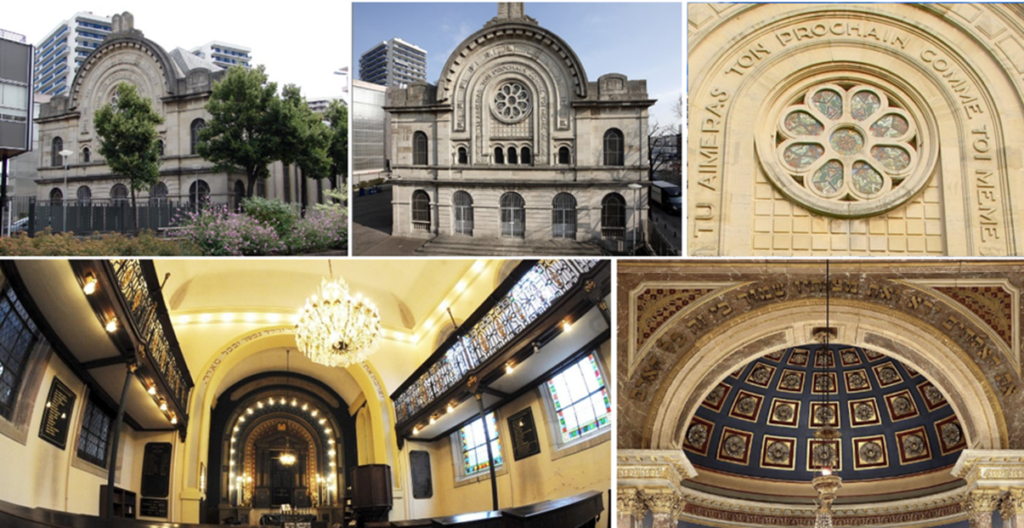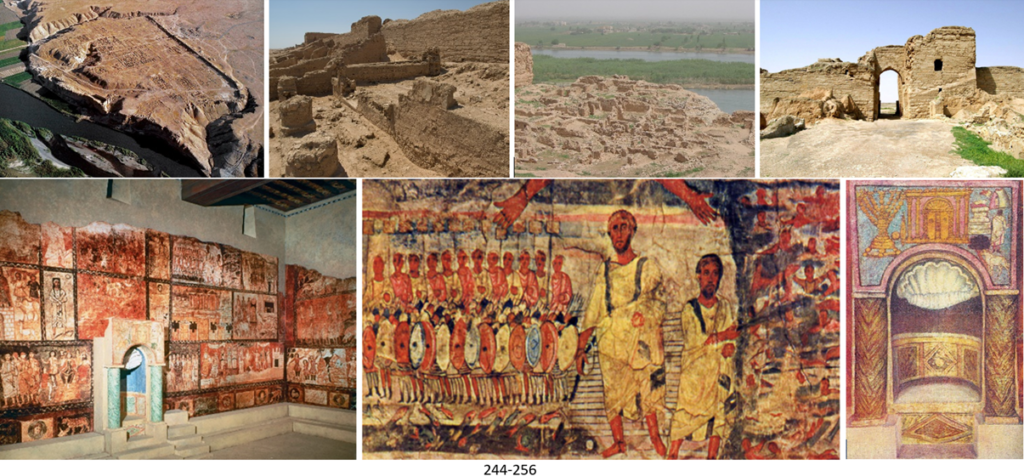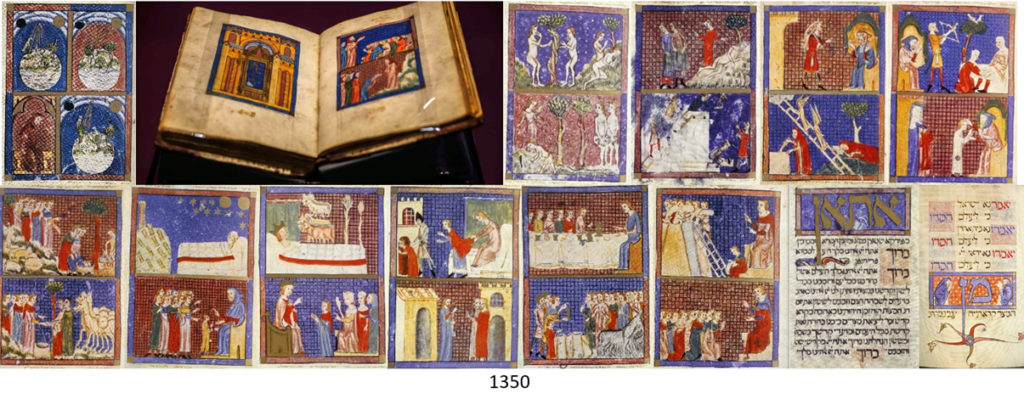
Be holy: for I am Holy (קדשים תהיו: כי קדוש): Parashat Qedoshim, Leviticus 19:1–20:27 . Lord, through Moses, enumerates a series of prescriptions regarding holiness1. He insists on the love of neighbor, the stranger and the respect due to the wise.
As early as the 12th century, a Jewish presence is attested in Nancy, but in 1477, Duke René II of Lorraine had them expelled from the city. It was only in 1721 that Duke of Lorraine Léopold the 1st authorized Jews to reside in Nancy. On June 11, 1790, the synagogue, built on a marshy area away from places of passage by Augustin-Charles Piroux, was inaugurated. Access to the interior is through a back door. Due to the urban extension, two centuries later, it is found in the heart of the city. In 1935, after having been enlarged twice (1841 and 1861), a new facade, the work of Alfred Thomas, was put in place. On this facade is inscribed in French the verse of Leviticus (19.18)
ואהבת לרעך כמוך
You shall love your neighbor as yourself
TU AIMERAS TON PROCHAIN COMME TOI-MEME
On July 18, 1942, Edouard Vigneron, head of the Foreigners Service2 of Nancy, learns that a raid must take place the next day at dawn. He summons all the policemen he can reach to scare away all the threatened Jews. He does not hesitate to have them accompany them to the station, to give them tickets, false-real identity cards and passes. Some of these police even sheltered Jews in their homes. Edouard Vigneron and his assistant Pierre Marie and the policemen Charles Bouy, Henri Lespinasse, Charles Thouron, Emile Thiébault and François Pinot thus saved more than 360 people3. On June 30, 1996, five of them received the medal of Righteous Among The Nations4.
In his Book Of The Righteous, Lucien Lazare describes the precise circumstances of this story and Patrick Volson is inspired by these facts to make the film The Time Of Disobedience (2006).
Currently the Jewish community of Nancy has about 450 families.
1 It follows parashah A’harei Mot (אחרי מות — after death), Leviticus 16:1–18 :30, read last week in israel and associated with Qedoshim this shabbat in the diaspora.
2 A service whose mission was to enforce the racist laws of the French State and to collaborate with the Nazis.
3 18 Jews were arrested instead of the planned 385
4 Pierre Marie, Charles Bouy, and Charles Thouron and posthumously Edouard Vigneron and François Pinot : See the site “The Foreigners Service of Nancy (French Committee for Yad Vashem) “




